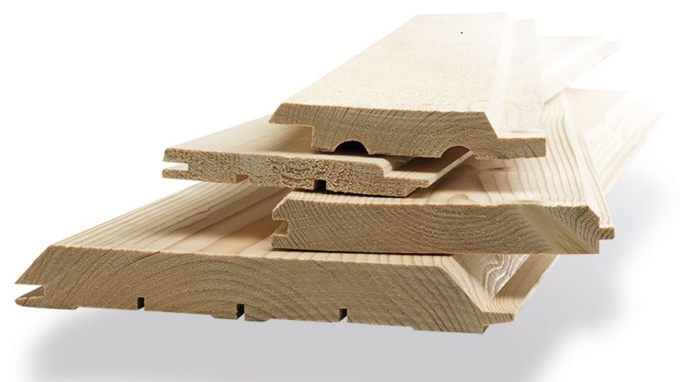Domestic markets
The Finnish domestic market is the most varied area from the product point of view, covering almost the entire product range produced at the mills.
However, just like on export markets, the customers and end uses are will defined.
Merchants
Currently most of the distribution sales take place from sawmill to timber merchants or builder’s merchant chains.
Usually the specification covers the whole sawmill sawn goods range from schaalboards to further processed goods. Normally there are annual volume contracts in place, with prices to be negotiated after certain intervals.
Sales to the industry
Sales to the industry – the business-to business sales – is nowadays direct business between the producer and end user. Because of the costs and specialization, the previously commonplace involvement of timber merchants in this type of business has diminished.
The most important end-user group in Finland is the house factories. Key products to them are the strength graded structural products for the frames and roof trusses, complimented with sawn timber and planed schaalboards.
House factories and roof truss manufacturers
A part of the house factories’ requirements goes via roof truss manufacturers. Their main raw material for them is usually either regularized or sawn 44mm goods, which have already been strength graded at the mill. Some goods are sold as sawn Whitewood SF grade.
Log cabin and house industry is another large user of wood, they have started to use increasingly laminated solutions instead of solid log products.
Glulam factories
Glulam factories manufacture different products for the use in joinery industry, furniture and construction. In Finland the joinery industries, including the component industry, involved in door and window production use Redwood.
They use increasingly tailor-made solutions as far as density, kilning, knot types and frequency, the heart wood content.
Furniture industry
Furniture industry and the glulam board industry, as well as the kitchen manufacturers, have been a major user for sound knotted Redwood. Nowadays the trend is that most of these products end us being used for leisure accommodation.
Glulam sheet production has in recent years started to move away from Finland to countries with cheaper labour costs, mainly to the Baltic States and Eastern Europe.
Packing industry
Main users for lower grades are pallet and cable drum industries. Cable drum raw material is normally in Sixths grade (both VI export and domestic grades) in thicknesses ranging from 32 to 38mm.
Planing mills
The planing mills use broadly speaking five different raw material categories:
- SF Whitewood for exterior cladding and structural timber
- Redwood in sound knotted and/or small knotted grades for flooring and decking
- Redwood and Whitewood sideboards (U/S, V, SF, HVS) for panelling, mouldings and interior cladding
- Redwood and Whitewood schaalboards (export and domestic grades) for the production of T&G construction material with wane
- Redwood knotless and HVS for high end small mouldings.

© Koskisen Oy
Impregnation plants
The impregnation plants use Redwood as their raw material. Most common qualities are Fifths, Sixths and schaal. There is a clear trend to use only planed raw material instead of sawn in impregnated end uses.
TMT industry
Thermally Modified Timber (TMT) products are made of both Redwood and Whitewood. The products end up used in structural uses, decking, exterior cladding and interiors including saunas.
Raw material grading differs from standard grading mainly with knots, which have to be sound – no bark ringed knots are allowed.
Building and construction companies
Sawmills are selling also directly to building and construction companies. Main articles are, on top of the usual construction materials, also products needed for concrete formwork in infrastructural work such as bridges.

